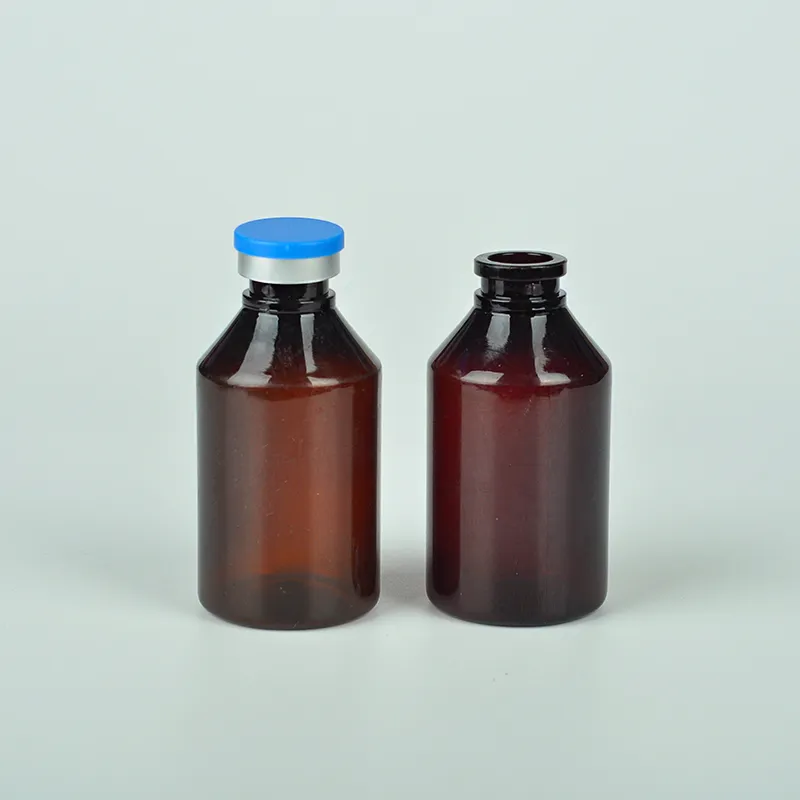plastic petri dish price
Understanding the Market for Plastic Petri Dishes Prices, Trends, and Factors Influencing Cost
Plastic petri dishes, essential in laboratories around the world, have become fundamental tools in microbiology, cell culture, and various scientific applications. Their significance cannot be overstated, as they provide a sterile environment for the cultivation and observation of microorganisms. However, when considering acquisition for educational institutions, laboratories, or research facilities, one of the critical aspects to evaluate is the pricing of these items. This article delves into the factors influencing the price of plastic petri dishes and current market trends.
The Basic Cost Structure
The price of plastic petri dishes can vary widely based on several factors, including the material quality, size, manufacturer, and bulk purchasing options. Typically, standard 90 mm plastic petri dishes can range from $0.10 to $0.50 each, depending on the supplier and the quantity purchased. Larger sizes or specialized dishes, such as those with ventilation or specific formulations to support different types of cell growth, can be significantly more expensive.
Material and Design Factors
Most plastic petri dishes are made from polystyrene or polycarbonate. Polystyrene dishes are lightweight, inexpensive, and generally suitable for most laboratory needs. Conversely, polycarbonate dishes are more durable and heat-resistant, making them ideal for applications involving higher temperatures, though they consequently come at a higher cost.
The design features also play a role; disposable dishes are typically cheaper than reusable ones which require sterilization. Furthermore, innovations such as anti-static coatings or treated surfaces to enhance cell adhesion performance can also impact prices, as these dishes often command a premium in the marketplace.
Impact of Bulk Buying
plastic petri dish price

Purchasing in bulk is one of the most effective strategies to lower the average cost of plastic petri dishes. Many suppliers offer discounts for larger orders, which can help laboratories or educational institutions manage their budgets more effectively. For example, while individual dishes might cost $0.25 each, ordering a case of 500 can reduce the unit price to $0.15 or less. This bulk advantage becomes particularly attractive for laboratories engaged in ongoing research or extensive educational programs requiring high turnover of petri dishes.
Market Trends
The demand for plastic petri dishes has fluctuated in recent years due to various global health events, notably the COVID-19 pandemic. The surge in research, testing, and sample analysis in microbiology, virology, and pharmaceutical studies led to unprecedented demand for laboratory supplies, including petri dishes. As a result, prices saw some volatility, with many suppliers temporarily increasing costs due to supply chain disruptions.
Post-pandemic, the market is witnessing a stabilization process, with prices beginning to normalize. However, continued growth in the biotechnology and pharmaceuticals sectors sustains a robust demand for high-quality lab supplies, including petri dishes. The rise of alternative suppliers and manufacturers globally also introduces competitive pricing pressures, which can benefit consumers seeking cost-effective solutions.
Environmental Considerations
As scientific communities become increasingly aware of environmental impacts, the market is witnessing a gradual shift towards eco-friendly products. Biodegradable or compostable petri dishes, while typically more expensive than their traditional counterparts, are gaining traction as laboratories prioritize sustainability. This shift is likely to influence future pricing as manufacturers adapt to these new demands, potentially offering a range of eco-conscious options at various price points.
Conclusion
The price of plastic petri dishes is influenced by a myriad of factors including material, design, bulk buying options, and global market dynamics. As research and development continue to expand across various scientific fields, understanding these intricacies is crucial for informed purchasing decisions. Laboratories and institutions must consider not only immediate costs but also long-term sustainability and quality, ensuring that they select products that meet their scientific needs while being mindful of their budgets and environmental impact. With the right strategies and knowledge, the effective management of laboratory supplies can lead to more efficient operations and successful research outcomes.
-
Aesthetic Makeup Spray Bottles | Fine Mist Empty RefillableNewsAug.19,2025
-
White Plastic Veterinary Vaccine Vials | Lab Liquid BottlesNewsAug.18,2025
-
Plastic Medicine Liquid Bottle: Secure Flip Top Drug VialsNewsAug.17,2025
-
Durable 250ml Blue Plastic Vaccine Vial for Lab & Vet UseNewsAug.16,2025
-
Sterile Virus Sample Tubes: Secure & Reliable Specimen CollectionNewsAug.15,2025
-
White 250ml Plastic Vaccine Vial for Lab & Vet MedicineNewsAug.14,2025
























